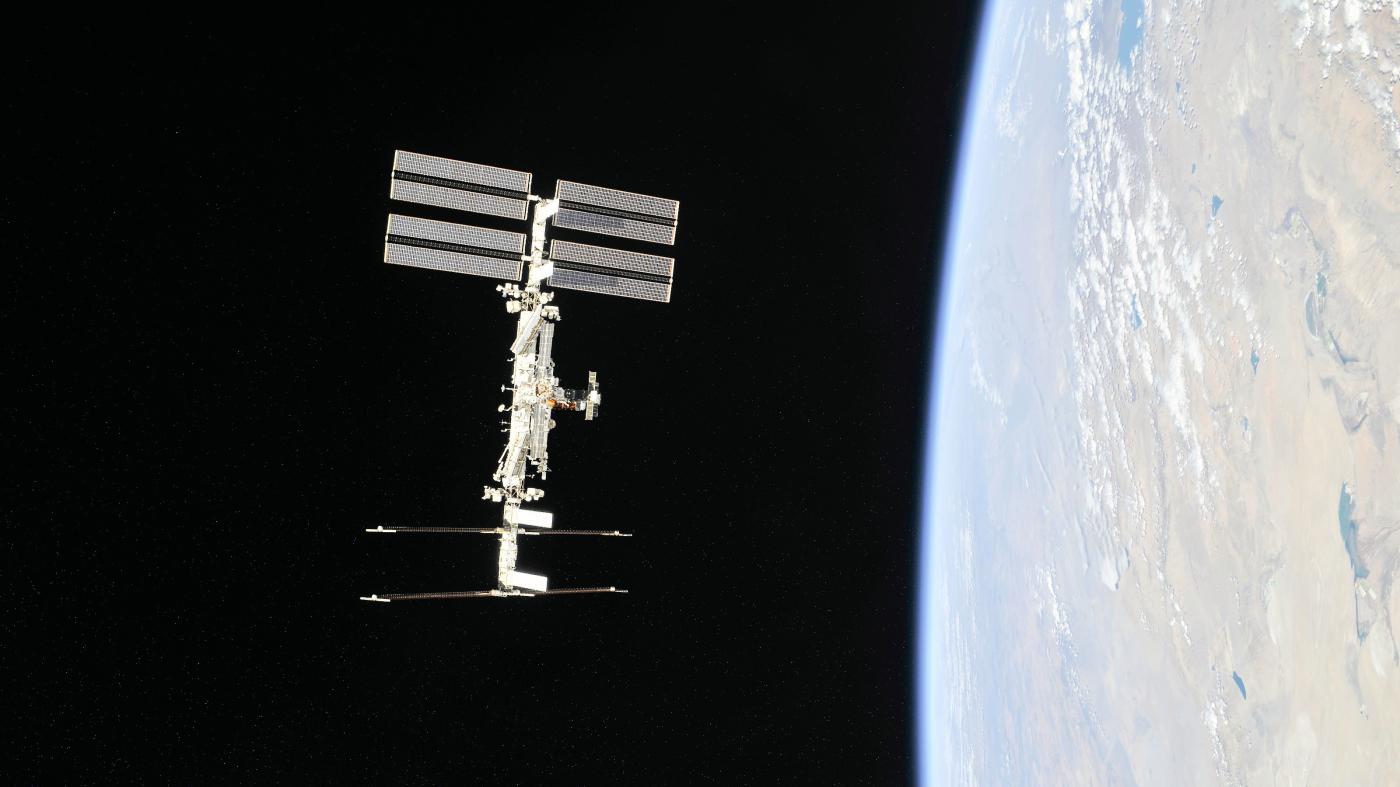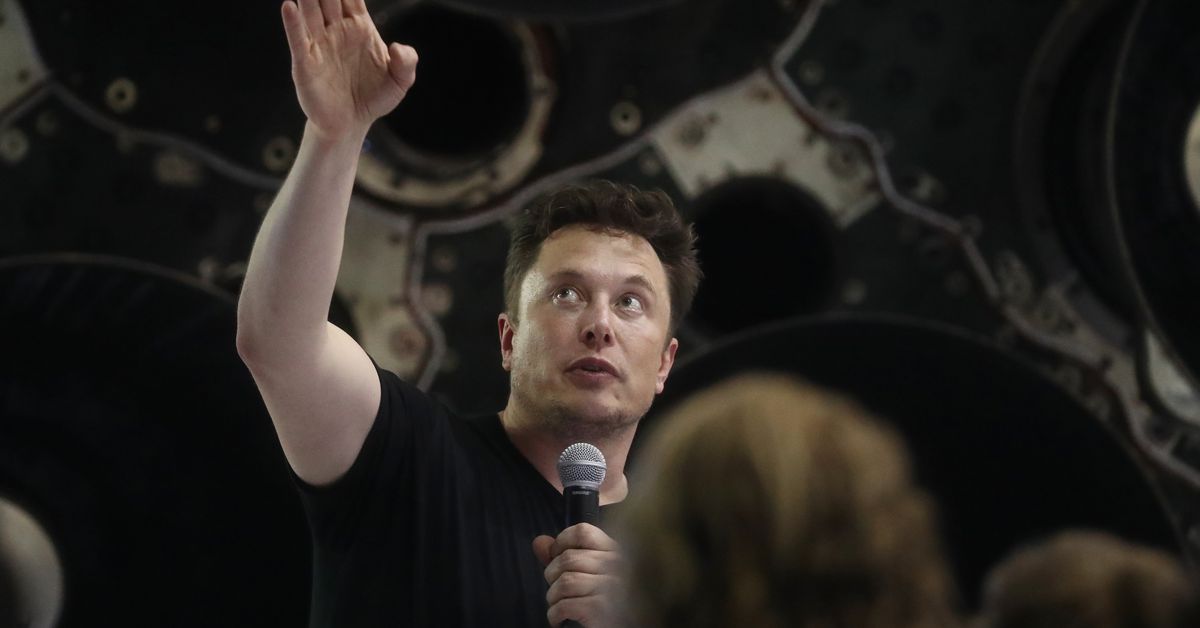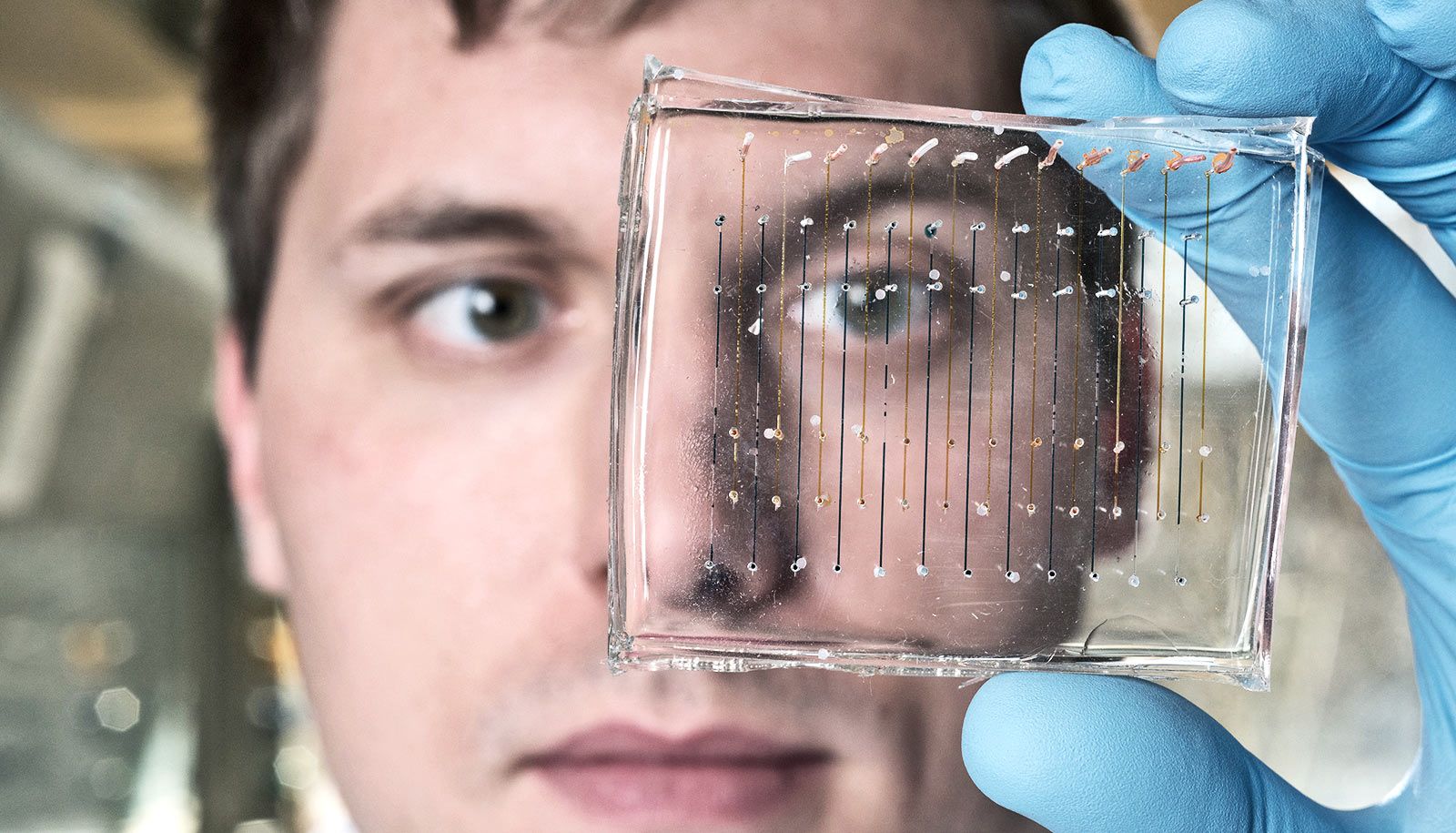The orbital laboratory is about to mark its 20th anniversary.




Exploring alternatives to electron qubits.

“There was something else, too – something weirder. Of all the non-human DNA fragments the team gathered, 99 percent of them failed to match anything in existing genetic databases the researchers examined. We found a whole new class of human-infecting ones that are closer to the animal class than to the previously known human ones, so quite divergent on the evolutionary scale.”
A landmark Stanford 2017 study indicates that more than 99 percent of the microbes inside us are unknown to science. The survey of DNA fragments circulating in the blood suggests the microbes living within us are vastly more diverse than previously known. In fact, 99 percent of that DNA has never been seen before.
A new survey of DNA fragments circulating in human blood suggests our bodies contain vastly more diverse microbes than anyone previously understood. What’s more, the overwhelming majority of those microbes have never been seen before, let alone classified and named, Stanford researchers reported in the Proceedings of the National Academy of Sciences.
The future is both glorious and horrifying. As we continue to expand our technological footprint in the hopes of creating wonder, several issues remain fixed with a trajectory towards disaster. From climate change to the mass extinction of several animal species, there’s no doubt that we’re heading into ruin if we’re to keep this up.
As our technology continues to advance to the point of bringing the dead back to life, how will our own species react to a growing new population of animals that can die and live again?



